Materials in a home that act as thermal mass are things like concrete, masonry, ceramic tiles, even a large volume of wood like timber frames. All materials inside the insulated building envelope will store and release heat, the more dense they are the more pronounced the effects are.
Intentionally adding greater amounts of thermal mass in a building can be an advantage or a disadvantage depending on a lot of factors, and there is no right answer as to whether or not it will benefit you specifically on a day-to-day basis.
Turning down thermostats to save energy:
A lot of us grew up watching our parents turn thermostats down for the day and back up when returning home in the evening. This saved energy for one main reason - older houses weren't built anywhere close to the energy-efficiency standards of today, so maintaining a lower constant temperature during the day did in fact save a lot of energy, and for the following reason:
The rate of heat loss increases as the temperature differential between two environments increases, and it does so in something of a bell curve. This applies to something as simple as a cup of hot coffee - a very hot cup will drop its first 10 degrees much faster than it will drop ten degrees when it's only lukewarm.
To equate that same principle to an old house and lowering the thermostat, less heat loss occurred during the day when the house was cooler because that decreased the differential between the indoor and outdoor temperatures.
As homes perform much better now than in the past, those savings aren't as drastic anymore. And with a house that has little heat loss to begin with and a lot of thermal mass in it, any such savings pretty much cease to exist because it might take the entire day to drop even a full degree.
The disadvantages of thermal mass in homes:
Let's speak to the potential downsides of thermal mass first - if a home is regularly left empty for several days at a time or if you keep a cottage heated for weekend use only, having a lot of thermal mass may not be advantageous. It will take a longer time to cool to a lower temperature setting, then it will also take more time to heat up again as the thermal mass in the home slowly recharges with heat.
If you have smart home features in your home and control the systems from your phone, then you can at least avoid the discomfort during the time it takes to heat up again, compared to walking into a cold house that may take hours to warm after you turn up the thermostat by hand.
During the peak of summer, thermal mass can be a bit of a mixed blessing. During an extended heat wave, you’ll win for the first couple of days as the cool mass absorbs heat from the air, but you will probably find the average temperature creeping up a little everyday if it's a long one.
For those who live without air conditioning and count on opening windows at night to cool a house, it will take longer to release heat if it is stored in tons of dense material. So when the heat wave breaks, it will take a bit longer before your house cools again.
The advantages of thermal mass in homes:
A lot of thermal mass in a home can help naturally balance temperatures in spring and fall when days are warm but nights are still cool. That will either increase comfort or reduce the need for heating and cooling.
Heat security: Having significant thermal mass in your home can be a big advantage in winter in the case of power outages, as virtually all commonly chosen heating systems rely on electricity to at least get started. If your house has heat stored in mass inside the building envelope, it will slow the temperature drop and possibly prevent you from needing to seek shelter elsewhere until the power comes back.
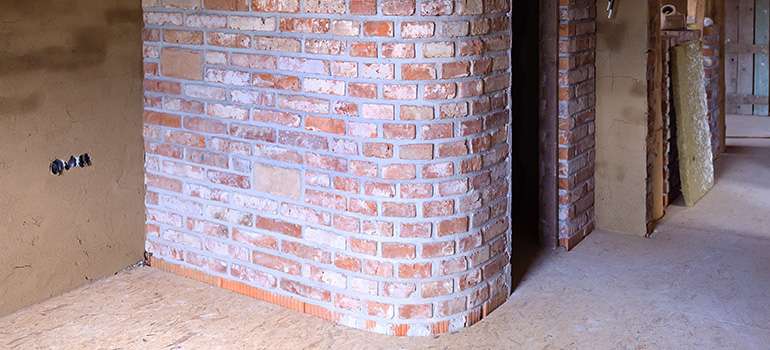
Heating during off-peak hours: If you rely on radiant heat from thermal mass such as heated concrete floors, this can make heating with electricity a more realistic option in regions with high peak rates. A radiant floor can be charged with heat overnight during low rate hours, and timed to stay off during peak rate hours.
Comfort: Contrary to what most people would naturally assume to be true, a thermostat reading your chosen 'room temperature' is not an accurate determination of how comfortable you will be in a conditioned space. The majority of what you actually experience (about 60%) is the heat that radiates to and from you and the various surfaces of your home, which is defined as the mean radiant temperature (MRT).
In simpler terms - if the temperatures of the surfaces in your home (walls, windows, floors) are below that of your body temperature, you will conduct and radiate heat towards them and feel cooler. If they are warmer than your body temperature, they will conduct and radiate heat towards you and you will feel warmer. This is one way you can take advantage of thermal mass in a home to increase your comfort, by having heat radiating from warm surfaces.
Should you include thermal mass in a building?
As mentioned at the beginning, there is really no right or wrong answer to this question. Sometimes it helps, other times it doesn't. If you've received council that you 'should' or 'shouldn't' include significant thermal mass in your home, that isn't entirely accurate unless your building envelope and lifestyle have been figured into the conclusion, along with whether or not you have a wood stove as a backup in case of emergencies. Personally, I like thermal mass in a home, but that's my just my preference. So don't sweat it too much either way, it's just another variable worth considering when designing a home.
Now you know about the pros and cons of thermal mass in homes. Find more pages about sustainable construction below,, and in the Ecohome Green Building Guide.
Learn about the benefits of a free Ecohome Network Membership and get acess to preferred pricing on select materials. |
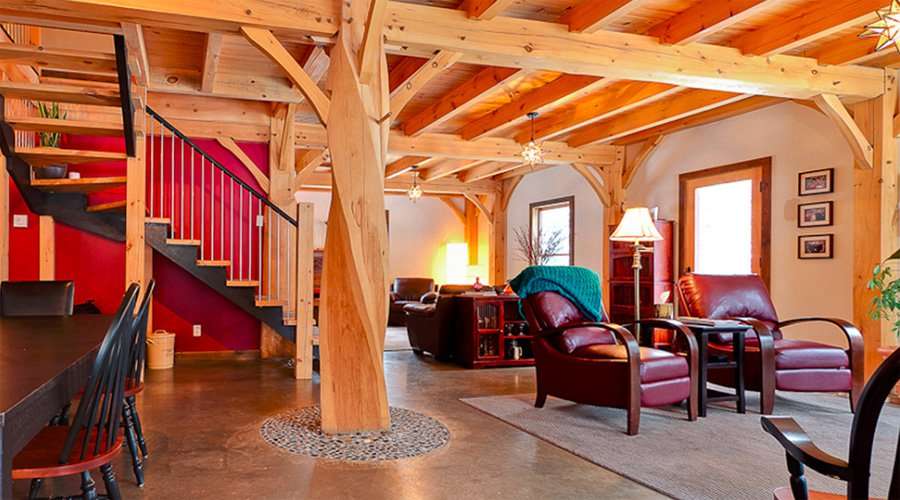















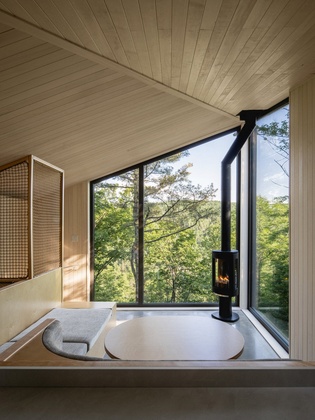

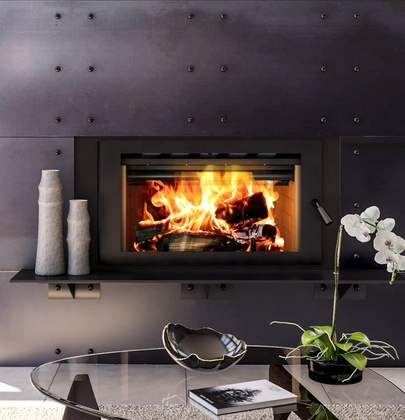

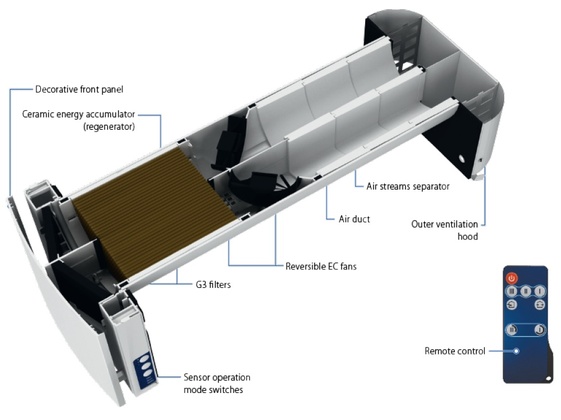


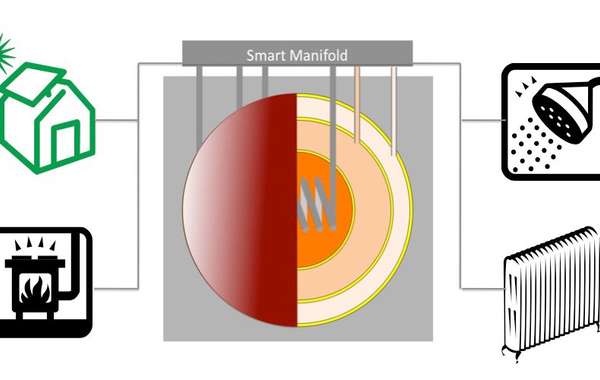
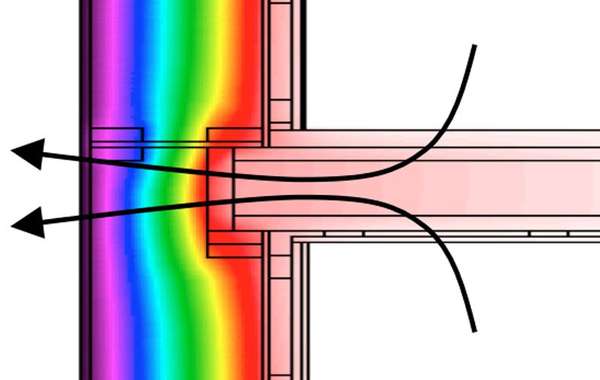
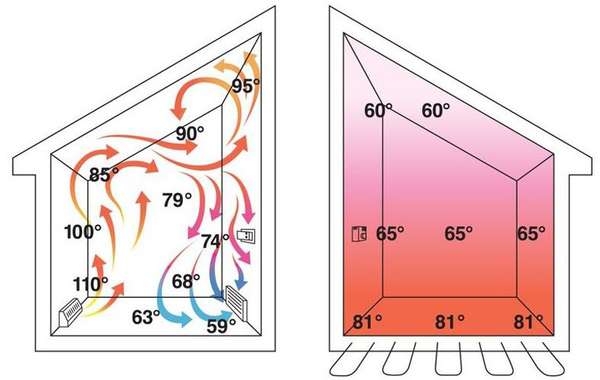
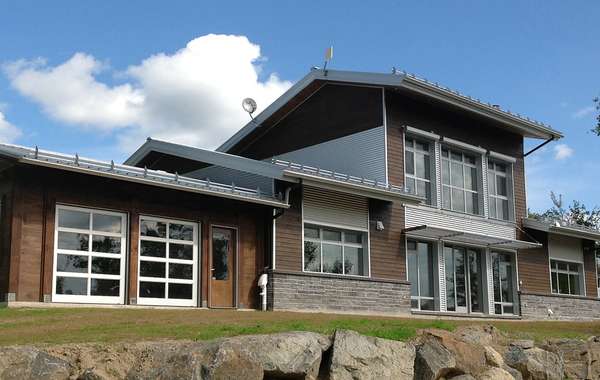
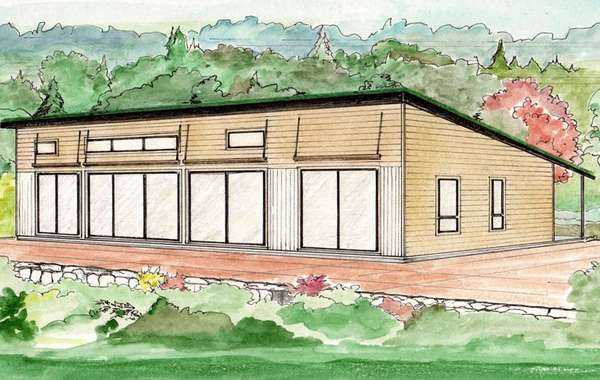
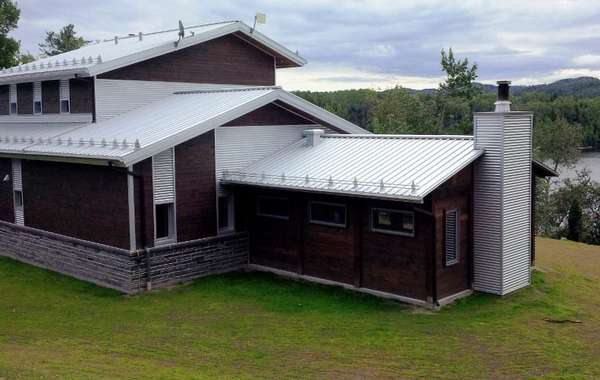

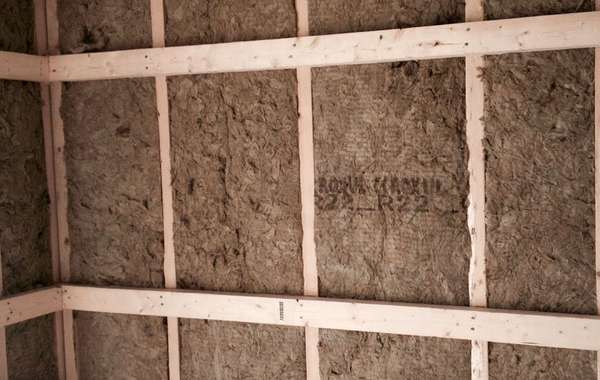
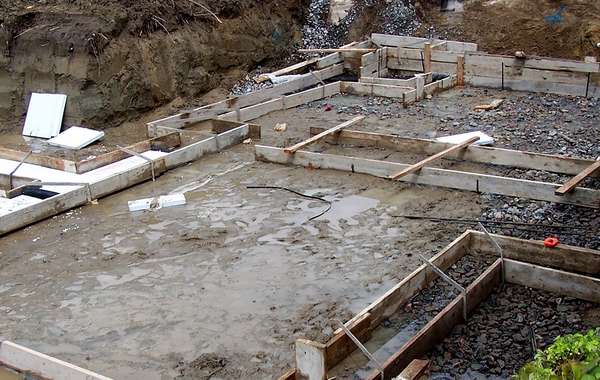
I would say a simple rule is,
if you live there permanently, yes include it it will help keep the temperature stable.
if its a place you visit rarely, you don't want to heat up all that mass when you visit for a short time. But that feels like a more rare case.
While we were building our house we heavily included thermal mass. We went with stone wall cladding on the interior, thick tiles on most of the flooring, filled wall cavities, 5/8 drywall for more mass, and filled most void spaces in walls/cavities. Not a usual route of building but we're well prepared for temperature swings and power outages in our colder climate. As freek said, temperature stable is so key. Thanks! Cher